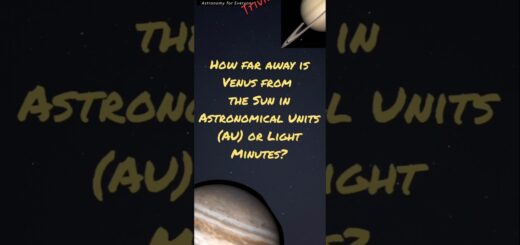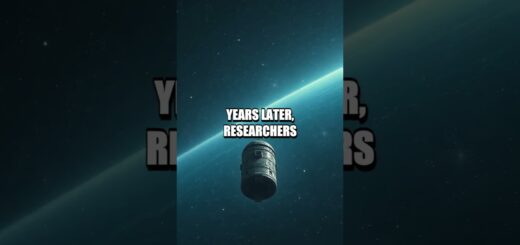Crazy Engineering: Astrodynamics
The Cassini Mission has beenexploring the Saturn systemfor nearly 13 years and hasrewritten the textbookson the ringed planetand its moonsbut the spacecraft ispretty much out of fuel. Following NASA’s planetaryprotection guidelines,the mission willend with Cassiniplunging intoSaturn’s atmosphere,but beforethat happens,scientists and engineers haveplanned an exciting Grand Finalethat promises some of the mostamazing science and imagesof the whole mission. So, how are they goingto pull this off?Well, it really is goingto take a special kindof crazy engineering. I am herewith Morgan,she’s a scientist onthe Cassini Project. The Grand Finale, it’sgoing to be 22 orbits,about six months, whatdo we hope to accomplishin that amount of time?We hope to accomplish alot of incredible science,things that we havenever been able to do beforewith the Cassini Mission. We’re going to go screamingover the top of Saturn. We’ll be able to study thehexagon at Saturn’s north polein greater detailthan ever before. We’re going to go shootingbetween Saturn and its rings,threading the needle,which means we’ll be able totaste the ring particles,be able to understand more aboutwhat those are made of. We’ll also be able to taste theatmosphere of Saturn. We’re also going to get a betteridea of the interior structurebecause we’ll be getting closerto Saturn than we’ve ever been. And then, this will allculminate in Cassini’sfinal plunge intoSaturn’s atmosphere,taking data foras long as possibleand transmittingthat back to Earth. To be able to dothis engineering,to thread that needle betweenSaturn and its rings,is really challenging. That requires somethingcalled astrodynamics. Okay, so what isastrodynamics?It’s a form ofengineering. But when we think aboutengineering, typically,we think about people who areusing physics and technologyto build stuff. Astrodynamicists arebuilding flight pathsthat will take our spacecraftto get where they need to go. Let’s go talk to one ofthe engineers who’s pivotalin the design of the flight pathof the Cassini spacecraft. Okay, this is Brent. He’s our astrodynamicistat JPL. Brent, what makesthe Grand Finaleparticularly difficultand challenging?The Grand Finaleis a series of 22 orbitswhere the periapsis, or theclosest point of the orbit,is actually in this gap betweenthe upper atmosphere of Saturnand the innermost partof the main rings. What we’ve done iswe’ve designed thistrajectory such thatutilizing onelast Titan gravity assist,we can jump the entirering system and placethe spacecraft orbit insidethe very, very small gapthat’s only 2,000kilometers wide. This concept ofgravity assist,I think a lot of peoplehave heard of itbut maybe not completelyunderstand it. What it essentially meansis you’re harnessingthe gravity of a body that’sorbiting another body. For Cassini, Titan, avery massive moon,is orbiting Saturn. If Cassini is alsoorbiting Saturn,I can fly veryclose to Titan,depending if I fly in front ofor behind or above or below,I can use that gravityto bend my trajectory. We harness that power. It’s our engine. It’sour tour design engine. As soon as we do thatlast Titan flyby,Cassini’s fate is sealed. It is going to impactSaturn no matter what. So, some reallyamazing sciencebefore we take thefinal plunge into Saturn. And let’s rememberwhy we’re doing that:Why are we flyingthe spacecraft into the planet?It’s to protect themoons of Saturn. For example, Enceladus,this great moon that has anocean underneath the surface. It might just be a cozy littleplace for microbes to live. Now, if you look atour spacecraft,we try to keepit as clean as possible,but there’s a realchance we’re bringingmicrobes fromEarth with us. There’s no wayto avoid it. We want the moon aspristine as possiblefor future missions togo and exploring. So, for everyoneout there,follow the GrandFinale of Cassiniand check back here for moreCrazy Engineering.













